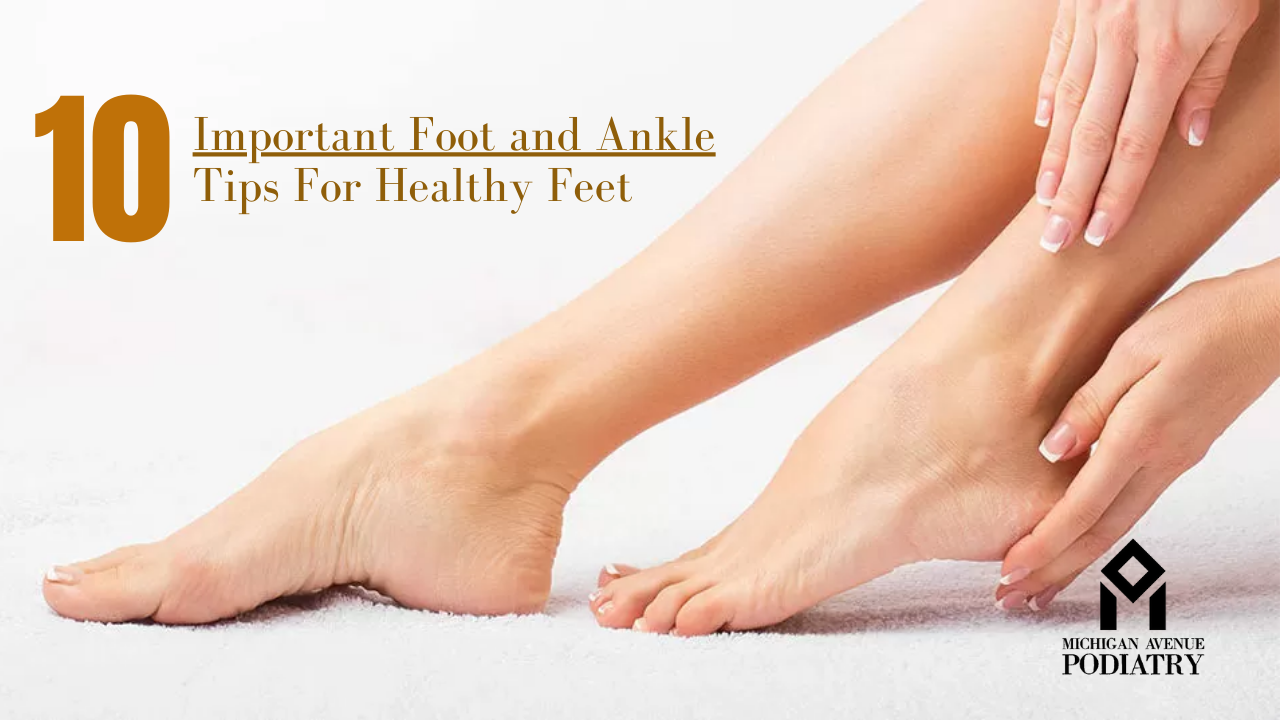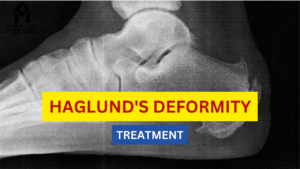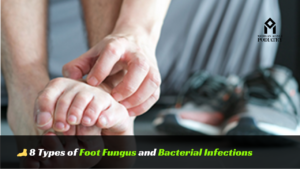Taking care of your feet is vital for maintaining overall health and well-being. In this comprehensive guide, we’ll explore 10 essential tips to help you keep your feet healthy, comfortable, and free from common problems.
- Choose Properly Fitting Shoes: The foundation of foot health begins with the shoes you wear. Ill-fitting shoes can lead to a myriad of foot and ankle issues, including bunions, corns, and ingrown toenails. When shopping for shoes, ensure they provide ample support, have enough room for your toes to wiggle, and don’t pinch or rub against your feet. Remember to try on shoes later in the day when your feet are at their largest, and replace worn-out shoes promptly to avoid discomfort and injury.
- Maintain Clean and Dry Feet: Keeping your feet clean and dry is essential for preventing common foot problems such as athlete’s foot and fungal infections. Wash your feet daily with soap and water, paying close attention to the areas between your toes. After washing, thoroughly dry your feet, especially the spaces between your toes, as dampness can create an ideal environment for fungal growth. Consider using a talcum powder or antifungal foot powder to help keep your feet dry and odor-free.
- Trim Toenails Carefully: Proper toenail care is crucial for preventing painful ingrown toenails and fungal infections. Trim your toenails straight across using a nail clipper, and avoid cutting them too short or rounding the edges, as this can increase the risk of ingrown toenails. Be sure to file any sharp or jagged edges to prevent them from catching on socks or shoes. If you have difficulty trimming your toenails or suffer from recurring ingrown toenails, consult a podiatrist for professional care and advice.
- Protect Your Feet from the Elements: Exposure to extreme temperatures, moisture, and harsh environmental conditions can wreak havoc on your feet. Protect your feet by wearing appropriate footwear for the weather and terrain. In cold weather, opt for insulated boots to keep your feet warm and dry, and in hot weather, choose breathable shoes with moisture-wicking properties to prevent excessive sweating and blister formation. Don’t forget to wear socks made from moisture-wicking materials to help keep your feet dry and comfortable.
- Incorporate Foot Stretches into Your Routine: Regular foot stretching exercises can help improve flexibility, reduce stiffness, and alleviate tension in the muscles and ligaments of your feet and ankles. Consider adding simple stretches like toe curls, ankle circles, and calf stretches to your daily routine to keep your feet limber and supple. Additionally, rolling a tennis ball or frozen water bottle under your feet can help massage and relieve tension in the arches and soles.
- Avoid Going Barefoot: While it may be tempting to kick off your shoes and go barefoot, especially in the comfort of your own home, walking barefoot exposes your feet to various hazards, including sharp objects, rough surfaces, and harmful bacteria and fungi. Always wear supportive footwear, even indoors, to protect your feet from injury and infection. If you’re a fan of barefoot activities like yoga or Pilates, consider investing in a pair of grip socks or minimalist footwear to provide some protection and traction.
- Limit High Heel Wear: High heels may elevate your style, but they can also elevate your risk of foot and ankle problems such as bunions, hammertoes, and plantar fasciitis. If you must wear high heels, opt for styles with a lower heel height (ideally no more than 2 inches) and a wider, more stable base to reduce pressure and strain on your feet. Consider alternating between heels and flats throughout the day to give your feet a break and minimize the risk of discomfort and injury.
- Take Breaks from Prolonged Standing: Whether you’re standing at work, attending a concert, or waiting in line, prolonged standing can put excessive strain on your feet and ankles, leading to fatigue, discomfort, and swelling. Whenever possible, take regular breaks to sit down, elevate your feet, and stretch your calf muscles to improve circulation and reduce pressure on your lower extremities. If you work in a profession that requires long periods of standing, consider investing in supportive footwear and anti-fatigue mats to cushion and support your feet throughout the day.
- Stay Hydrated: Proper hydration is essential for overall health, including the health of your feet. Dehydration can cause your skin to become dry, cracked, and prone to fungal infections, so be sure to drink plenty of water throughout the day to keep your body and your feet well-hydrated. Additionally, limit your intake of caffeinated and alcoholic beverages, as they can contribute to dehydration and exacerbate foot-related issues such as swelling and cramping.
- Schedule Regular Check-ups with a Podiatrist: Last but certainly not least, don’t overlook the importance of routine foot care and professional guidance from a qualified podiatrist. Regular check-ups with a podiatrist can help detect and address potential foot problems early on, before they escalate into more serious conditions. Whether you’re experiencing foot pain, toenail fungus, or diabetic foot complications, a podiatrist can provide expert diagnosis, treatment, and preventive care tailored to your individual needs.
By incorporating these 10 essential foot and ankle care tips into your daily routine, you can ensure that your feet remain happy, healthy, and free from common problems. Remember to prioritize proper footwear, cleanliness, and regular stretching to keep your feet in top condition for years to come. If you have any concerns or questions about your foot health, don’t hesitate to reach out to a trusted podiatrist for personalized care and support.
To schedule an appointment with our board-certified foot and ankle specialists, Book Your Appointment Now




